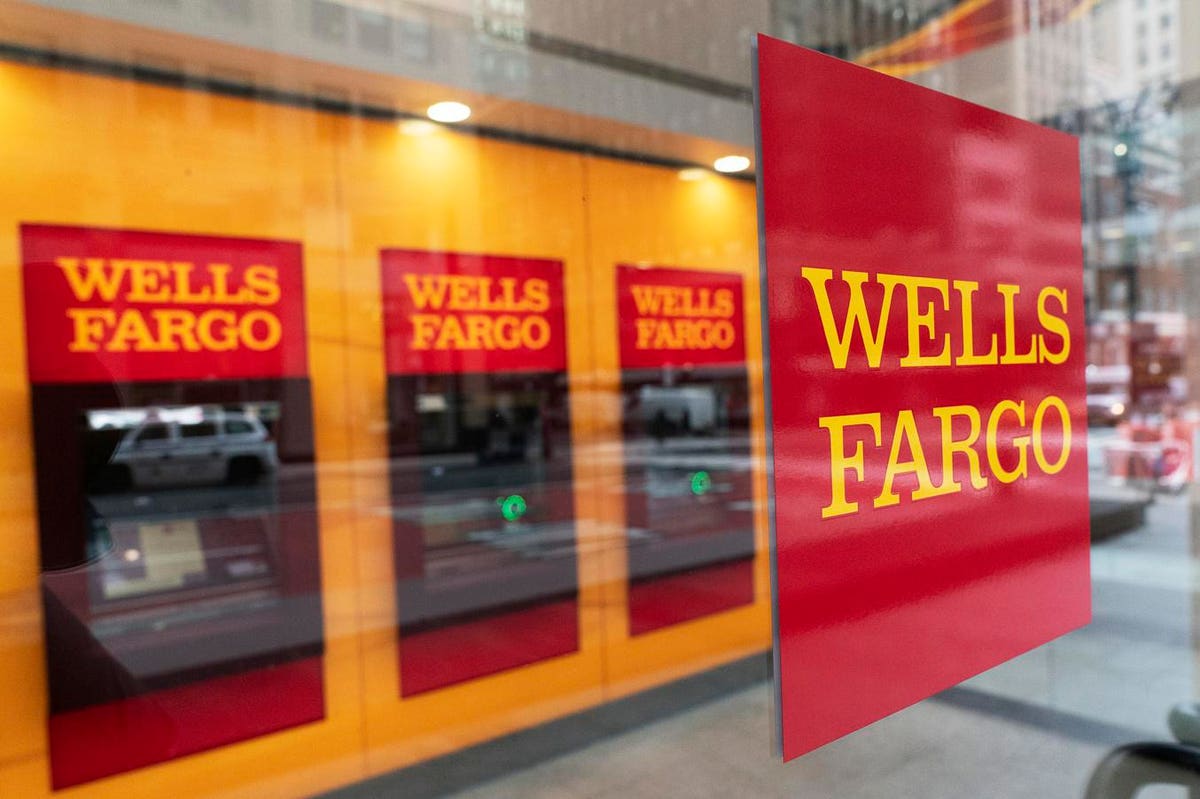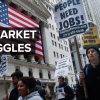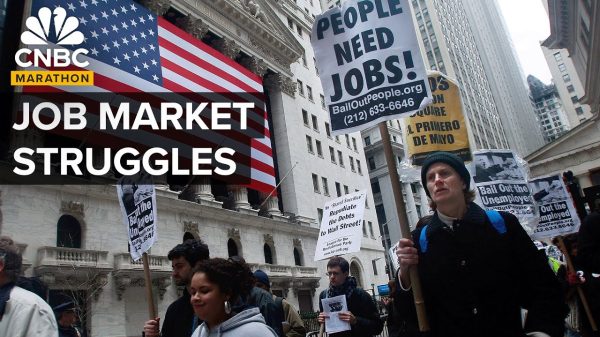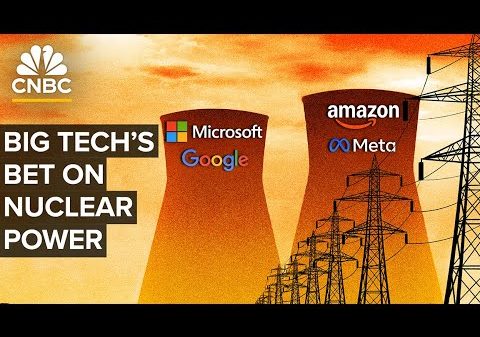From long experience in and around business — in corporate management, running small operations, and studying and documenting the doings of companies — it has become clear to me that the way executives view the world is largely different from most individuals.
It is this difference that explains the comings and goings of companies like Wells Fargo
WFC
ADVERTISEMENT
Not to say that executives aren’t human and don’t have their own motivations aside from the good of companies. One important basis of marketing to a corporation, for example, is to remember that individuals have their own career interests. Sometimes decisions are taken to satisfy individuals’ needs.
But that can’t exist solely in an organization where investors or owners keep an eye on their own financial interests. The questions of revenues and profits is always close to hand, and so are costs, all relative to one another. Sometimes companies do something that could get the business, executives, or investors in trouble, but where the consequences are in comparison light enough that they become a cost of doing business.
People do this as well — paying for a babysitter to watch the kids so a parent can get an important project done in off hours, having a clearer come in before a party to straighten up and buy more time, letting a parking meter run out for convenience and then paying a ticket. All self-imposed penalties in the sense that you accept an additional cost to smooth out a day or make something possible. The difference between the average person and a corporation is the scale and, in some cases, maybe the willingness to break the law.
ADVERTISEMENT
Take Wells Fargo again as a poster child for invoking regulatory action. Just a few touchpoints: the 2017 discovery of massive fraudulent account openings, overcharging of commercial customers that resulted in a settlement in 2021, another multi-billion fine in 2022.
The Street pulled together some numbers that may or may not represent all the payments and fines add up on my calculator to $8.06 billion.
How can any set of corporate executives allow this? Because it’s in a bigger context of vast numbers. The initial discovery of massive fraud in accounts pointed to a start in 2002. Using data from S&P Global Market Intelligence, I added the net incomes — the term on an income statement for profits — from 2002 through 2022. The total: $297.02 billion. The $8.06 billion in fines and payments in lawsuits represents 2.7% of those profits.
ADVERTISEMENT
The question that is next to impossible to answer from the outside is what the total net income would have been without those actions that caused regulatory and legal redress on one side and civil lawsuits on the other. So long as the additional net income was big enough in comparison to the fines, in one sense you could argue from a purely financial view that it was a profitable trade-off.
Our legal and regulatory systems don’t cope well with this issue. Numbers that are huge to the average person become almost meaningless to a company, and Wells Fargo, while extreme, isn’t the only example, especially when you realize that companies may not be breaking any laws but instead taking a cheaper way out of a problem.
In 2018 at another site, I explained why massive data leaks kept happening. One reason was, and is, that they can afford to lose customer data and protecting it adequately can be more expensive. Larry Ponemon, chairman of the Ponemon Institute, whose figures on data breaches are often quoted in the media, told me that the cost of a breach to big corporations “is a rounding error” and that a company bringing in between $100 million and $25 billion or more in annual revenue “spends more money buying coffee for its office workers.” At the same time, the costs of improving cybersecurity would be significantly larger and insurance typically covers the losses.
ADVERTISEMENT
Again, these are just examples. Environmental breaches, accounting manipulations, and other types of misfeasance, malfeasance, and nonfeasance can all play out along similar lines.
There are multiple potential explanations of why the punishment rarely seems high enough to promote better behavior within industries. It may be that the public and elected officials overestimate the significance of fine amounts. What seems like a big number is, as Ponemon said, coffee money.
Regulatory capture, described by the CFA Institute as “a phenomenon that occurs when a regulatory agency that is created to act in the public interest, instead advances the commercial or political concerns of special interest groups that dominate an industry or sector the agency is charged with regulating,” could misdirect efforts and keep fines within a level that is considered acceptable within an industry.
When it comes to shareholder lawsuits, like the one Wells Fargo just settled, there is also the possibility of the plaintiffs not thinking rationally, because the money to pay the fine comes out of the profits Wells Fargo makes, which are value that directly and indirectly benefits those shareholders. In other words, they’re taking money out of one pocket and putting it into another. There could also be a cynical manipulation if only a relatively small group of shareholders participates rather than all, because that would concentrate and then reallocate value into the pockets of the plaintiffs.
ADVERTISEMENT
Although corporations are legal entities — “people,” as many say in the wake of multiple Supreme Court decisions that go back to the opening of the 19th century — they aren’t conscious individuals. Instead, they are directed by executives and boards. To really make companies act with greater care, the people who made the decisions should also pay a significant price. But while that happens at times — Enron, for example, or even Carrie Tolstedt, the former head of Wells Fargo’s retail bank, who pleaded guilty in March to obstructing a bank examination and faces possible jail time, as Reuters and others reported — it is extremely rare.
For example, after the 2008 Global Financial Crisis, while “the Securities and Exchange Commission has brought charges against more than 150 people and institutions, and won $2.68 billion in penalties,” according to Frontline, the “number of Wall Street executives prosecuted for fraud related to the financial meltdown that left 8.8 million Americans jobless and led to a $700 billion government bailout” was zero.
Read the full article here













